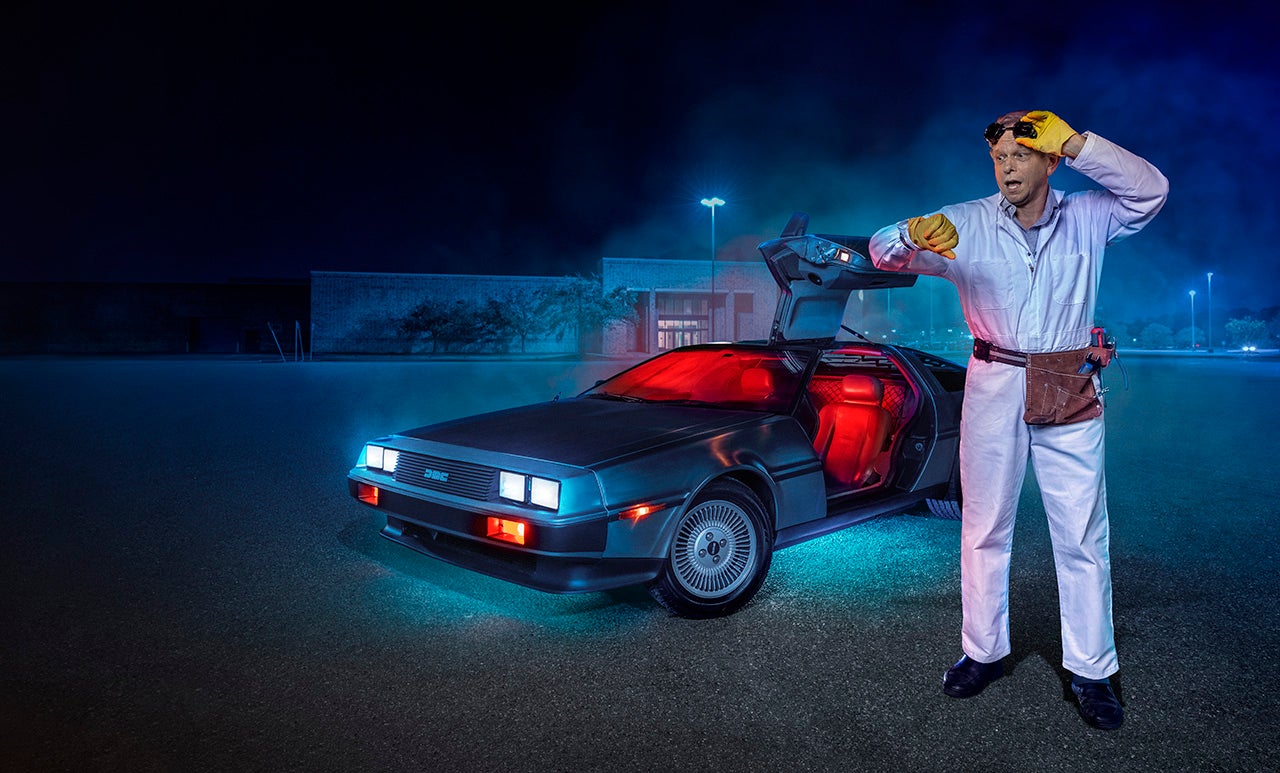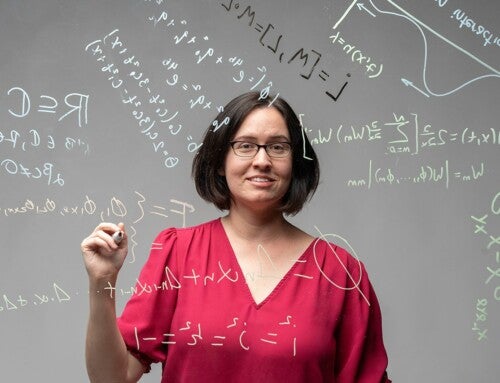In the 1985 movie Back to the Future, eccentric scientist Emmett “Doc” Brown invented a time-traveling DeLorean to help his friend Marty McFly travel back to the year 1955.
In 2018, astrophysicist Jon Hakkila discovered astronomical emissions that repeat themselves in reverse order at a slower pace, giving the impression of time running backwards. This time, no DeLorean was needed.
For years, Hakkila and his student researchers have been studying gamma ray bursts (GRBs), which occur when stars collapse and create the brightest explosions known in the universe. While studying pulses in some of the very brightest GRBs, Hakkila discovered that each pulse contains time-reversed light signatures. In other words, each GRB pulse shows events in which time appears to repeat itself backwards, with his findings drawing attention from numerous media outlets both nationally and internationally.
Now, before you make your reservations for a time travel trip, it is important to understand that physicists measure time by the speed of light. The time-reversed light curves are most likely caused either by reflected and stretched blast waves or by blasts that pass through symmetrically-distributed clouds as they exit from the exploding star. Because the blasts keep going, they don’t reverse time as we understand it.
In other words, you cannot ask Hakkila to transport you back in time to your freshman year of college with all the knowledge you have today.
At least not yet.
Featured image: Jon Hakkila pays homage to “Back to the Future.” (Photo by Mike Ledford; DeLorean courtesy of Chris Salisbury, Southern Motor Company)




